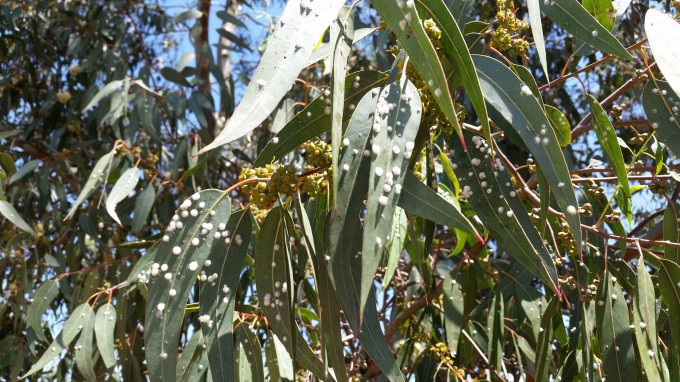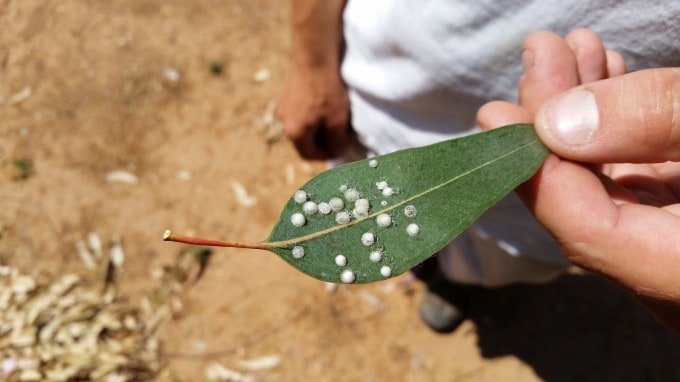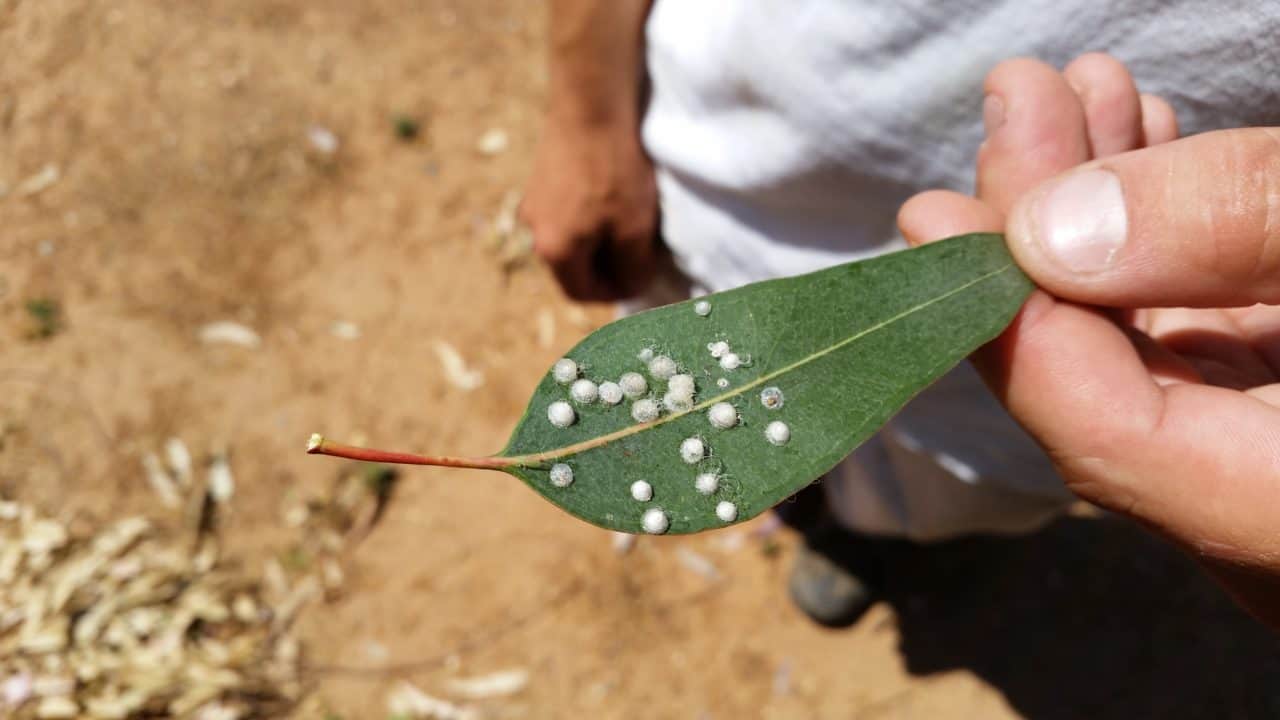When Americans think of honey, most of us assume it comes from floral sources—basically bees collect flower nectar, add enzymes, and evaporate moisture to produce the finished product. However, I was recently talking to a friend who grew up near the Black Forest in Germany, and he told me as a child that his mother would give him “forest honey,” which was thicker had a much richer taste than anything he had seen in American supermarkets. Also known as honeydew honey, the source is not floral but actually from the waste products (which you can check over here) of a number of sap-sucking insects including aphids, leafhoppers, and psyllids. Mealy bugs and scale insects are examples of psyllids and are known by gardeners as serious and pesky plant pests.
Although it may be off-putting to think of eating insect excrement, honeydew honey is prized in parts of Europe and New Zealand and often fetches higher prices than floral honey. It is rich in mineral content, amino acids, and may have stronger antibacterial properties. When a psyllid insect or aphid ingests the plants sap, it digests the small amount of protein present and expels the rest of the water, sugars, tannins and other indigestible material as honeydew. If you have ever parked your car under a tree and found it covered in a sticky substance the next morning, chances are the tree is infested with sap-sucking psyllids or aphids. For many other insects including ants, wasps, and bees, this is a valuable food source.
In some locations, honeydew is excreted in such large amounts that a buildup of the dried material can form into cakes under the tree. This is believed to be the same as the “manna from heaven” mentioned in biblical times. Admittedly it is more appetizing to think of it as a gift from above rather than insect excrement. Some psyllids, notably the red gum lerp psyllid, produce a white coating of evaporated honeydew which forms a crystalized shell protecting the insect. Originally from Australia, this type of scale has been attacking eucalyptus trees in California in recent years and it is almost rare to see a eucalyptus without the obvious white bumps on the leaves. I have seen bees show interest in heavily infested eucalyptus, but it’s hard to say if they are able to collect a significant amount of honeydew or are just attracted to the sweet smell.


Here in Northern California, especially in late summer and fall when floral sources are far and few between, oak dew becomes an important supplement to the diet of honey bees. Oak trees are fed upon by wasp larvae that form galls, and in fall bees can be seen collecting the honeydew being excreted by the gall (Check out this previous blog by Liz Frost about the valley oak for more information: https://beeinformed.org/2012/09/spotlight-on-valley-oak/)
The only issue is that oak dew is not as digestible by bees as flower nectar because of the high amount of ash, minerals, and possibly the presence of tannins, mold spores, or different proportions of sugar molecules. Some beekeepers believe that oak honey causes dysentery and will remove it and feed sugar syrup instead. Others claim that it causes constipation, the opposite problem, and spray a dilute bleach solution on the bees to “clear them out.”
Sometimes the flow of honeydew is so heavy that the bees plug out the brood boxes, leaving no room for the queen to lay. In this case one strategy is to remove frames of honey and replace with foundation. This causes the colony to consume more honey and draw out the wax, which is helpful all around because the queen is provided with a place to lay and nice clean wax is produced quickly.
Another problem with honeydew is that the bees are not collecting any pollen with it as they do when collecting flower nectar. This can result in a protein deficiency, so feeding supplemental pollen patties is usually recommended when the bees are in a honeydew flow, usually in the fall when there are fewer floral sources and the bees have nothing else to forage on.
I believe a more dangerous issue with honeydew however is the threat of psyllids to farmers, orchardists and municipalities, who see scale insects as enemy number one. Last year we witnessed a large pesticide kill with one of the beekeepers we work with, and the pesticide analysis showed over 200 times the national average of Chloropyrifos, which was being used by a pecan grower in the area to control scale. Although the hives were not directly in the orchard, the bees travelled there for the honeydew and were heavily exposed to the insecticide. With an expanding arsenal of insecticides that contain systemic neonicitinoids, collecting honeydew has become an even more dangerous trap for bees and other insects attracted to it.
The Asian citrus psyllid, which spreads the dreaded Huanglongbing (citrus greening) also attracts bees and is a target of pesticides (See Liana Tiegan’s recent blog on this issue in Florida here: https://beeinformed.org/2013/11/trouble-in-paradise-pesticide-damage-in-florida-citrus-groves/)
Overall, honeydew is a benefit to bees and beekeepers, and the drawbacks can be minimized by good beekeeping. The trickier issue is preventing bees from getting caught in the crossfire between honeydew-producing insects and people trying to get rid of them.
